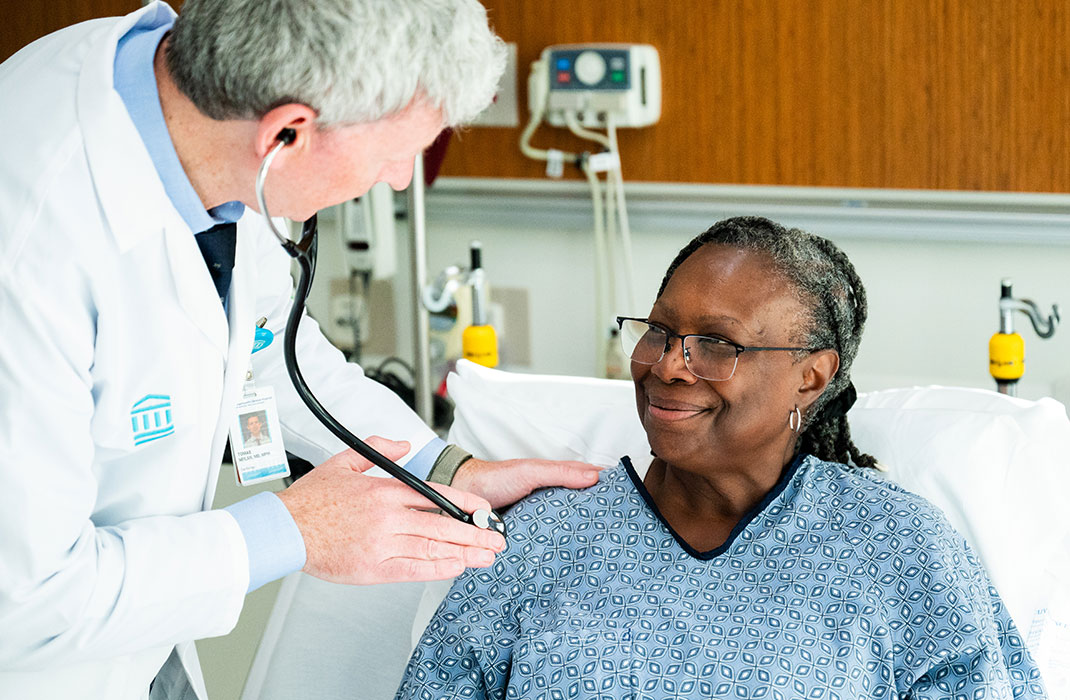-
- Find Care
-
- Visitor Information
- Find a Location
- Shuttles
- Visitor Policies
-
-
- Our Virtual Care Options
- Virtual Urgent Care
- Virtual Visits for Primary & Specialty Care
- Online Second Opinions
- Participate in Research
-
- Contact us
-
- For Innovators
- Commercialization Guide for Innovators
-
-
- Research News
- Alzheimer's Disease
- Artificial Intelligence
-
- Overview
-
- Overview
- Getting Started
- New to Mass General Brigham
- International Patient Services
- What Is Patient Gateway?
- Planning Your Visit
- Find a Doctor (opens link in new tab)
- Appointments
- Patient Resources
- Health & Wellness
- Flu, COVID-19, & RSV
- Billing & Insurance
- Financial Assistance
- Medicare and MassHealth ACOs
- Participate in Research
- Educational Resources
- Visitor Information
- Find a Location
- Shuttles
- Visitor Policies
- Find Care
-
- Overview
- Our Virtual Care Options
- Virtual Urgent Care
- Virtual Visits for Primary & Specialty Care
- Online Second Opinions
-
- Overview
- Participate in Research
-
- Overview
- About Innovation
- About
- Team
- News
- For Industry
- Venture Capital and Investments
- World Medical Innovation Forum (opens link in new tab)
- Featured Licensing Opportunities
- For Innovators
- Commercialization Guide for Innovators
- Contact us
-
- Overview
- Information for Researchers
- Compliance Office
- Research Cores
- Clinical Trials
- Advisory Services
- Featured Research
- Two Centuries of Breakthroughs
- Advances in Motion (opens link in new tab)
- Brigham on a Mission (opens link in new tab)
- Gene and Cell Therapy Institute
- Research News
- Alzheimer's Disease
- Artificial Intelligence
-
- Overview
-
- Overview
- Residency & fellowship programs
- Brigham and Women's Hospital
- Massachusetts General Hospital
- Mass Eye and Ear
- Newton-Wellesley Hospital
- Salem Hospital
- Integrated Mass General Brigham Programs
- Centers of Expertise
- Global & Community Health
- Health Policy & Management
- Healthcare Quality & Patient Safey
- Medical Education
- For trainees
- Prospective trainees
- Incoming trainees
- Current trainees
- Continuing Professional Development
What Your Heart Rate Is Telling You

Wearable activity trackers make it easy — and fun — to go down a rabbit hole of heart rate statistics. You can easily see how your heart rate changes by the second, view graphs of your resting heart rate over time, and even analyze your sleep.
But what do all those statistics tell you about your health? Is your heart rate, or pulse, throughout the day “normal” or “good”? And when is your pulse a sign something’s not quite right?
Amy Sarma, MD, a Mass General Brigham cardiologist, and co-director of the Corrigan Women’s Heart Health Program at Massachusetts General Hospital, answers all your questions.
Understanding your heart rate
A heartbeat starts with a group of cells (the sinoatrial node) that sends an electrical signal through the heart. The signals travel down two information highways called bundle branches. These branches go to the right and left sides of the heart and signal the heart to squeeze.
Your heart rate refers to how often that squeeze happens. Abnormalities in your heart rate can happen anywhere along this electricity route.
You can check your heart rate without an activity tracker. Simply press your second and third fingers over your radial artery (where your thumb meets your wrist). You should feel a pulsation there. Count how many beats you feel in 15 seconds and multiply that number by four.
What is a normal heart rate?
“In general, a typical resting heart rate is between 60 and 100 beats per minute. Young kids often have higher heart rates. People who are highly active may notice that they have lower resting heart rates. In addition, some patients are put on medications to intentionally lower the heart rate to less than 60 beats per minute,” explains Dr. Sarma.
Heart rates can fluctuate throughout the day. Maybe you’re sitting and reading — you feel relaxed, and your heart rate slows. Other times, you feel excited or anxious — or maybe you just ran to catch a bus — and your heart beats faster.
Other factors influence your heart, too. Your pulse may change due to:
What is a good resting heart rate?
Remember that everyone is an individual and that heart rates change with your body. A good heart rate depends on your particular health and physical condition.
If you exercise regularly, you may notice that your resting heart rate is low. A lower resting heart rate can mean your body’s autonomic nervous system (which controls involuntary body functions like breathing, heart rate, and digestion) is more balanced and can adapt to everyday situations.
However, a low heart rate is not always healthy. See your primary care provider if, in addition to a low heart rate, you:
Feel lightheaded
Feel your heart racing
Notice your heart rate not increasing with exercise
Faint, or pass out
Your primary care provider will examine you and check your blood pressure. They may also recommend you see a cardiologist for more testing, like an EKG exam, which looks at the electrical activity of your heart.
The bottom line?
“Heart rate by itself is just one piece of the puzzle, especially if you are having symptoms, but it does not give a complete picture,” says Dr. Sarma.
Recognizing a dangerous heart rate
So, when is your heart rate considered dangerous? Dr. Sarma highlights the two main causes for concern:
Sudden changes without cause: Say you’re sitting on the couch doing nothing. Suddenly you feel your heart racing in your chest, or your activity tracker alerts you that you’ve entered exercise mode. That’s something worth noting. Tell your doctor if you experience any sudden, dramatic changes in heart rate — up or down — when you’re not doing anything to cause it. Your doctor may want to do more testing to see whether that feeling of change in heart rate (sometimes experienced as palpitations) is due to abnormal electrical activity of the heart.
Feeling unwell with an abnormal heart rate: Maybe you’ve noticed your normal resting heart rate has decreased the past few days. In addition, you’ve felt extra tired or lightheaded. When you know your heart rate differs from its typical range and you feel off, talk to your care team.
What do heart palpitations mean?
A heart palpitation is when your heart feels like it’s beating too quickly, skipping beats, fluttering, or pounding. They are a symptom, but not a diagnosis by themselves. Doctors will conduct tests to see if the palpitations are because of an arrhythmia (when the heart’s electrical signals fire abnormally). There are conditions not related to the heart that can cause people to feel palpitations, including:
Thyroid conditions
Low blood counts
Certain medications
“Experiencing palpitations is very common. Even though the symptoms can be scary, most of the time it does not mean that something bad is happening to your heart,” Dr. Sarma says.
Seek immediate medical attention if you experience the following:
Lightheadedness
Dizziness or feeling like you might pass out
Loss of consciousness
Chest pain or discomfort
Palpitations that don’t go away
Difficulty breathing
If you’re concerned you may be having a heart attack, don’t hesitate. Call 911 immediately.
If you have a history of heart disease, check with your heart doctor if you notice any cardiac symptoms you haven’t experienced before. You may also want to ask other family members if there is a family health history of arrhythmias so you can tell your doctor.
Check your pulse, within reason.
Although it’s great to be aware of your heart rate, it’s also important not to overanalyze things.
According to Dr. Sarma, your heart rate varies throughout the day. It’s normal for it to slow down when relaxing or sleeping. It’s also normal for it to speed up when you:
Exercise
Experience pain or anxiety
Use specific medications that may increase heart rate

Contributor
Related articles
-

published on
-

published on
-

published on
-

published on
-

published on
-

published on
-

published on
-

published on
-

published on
